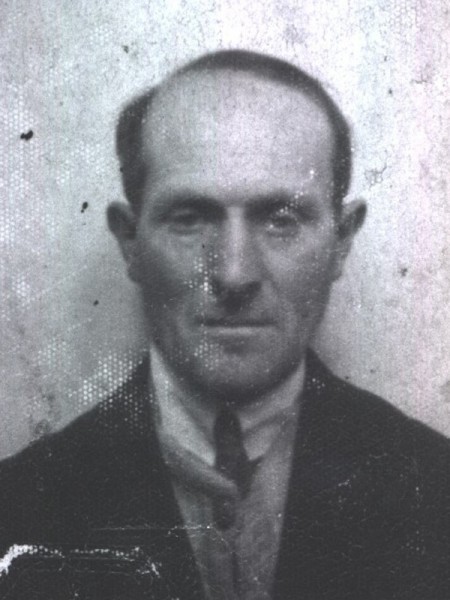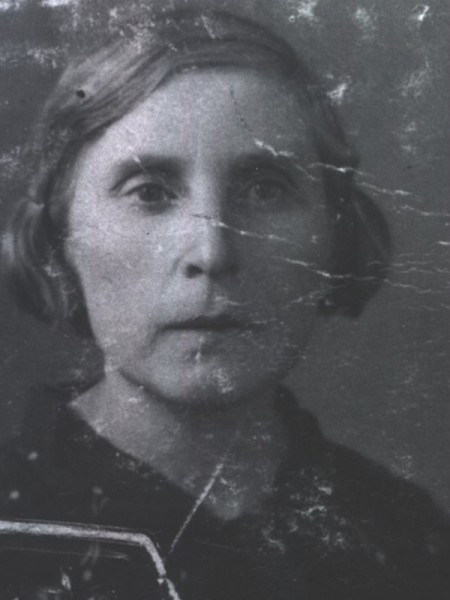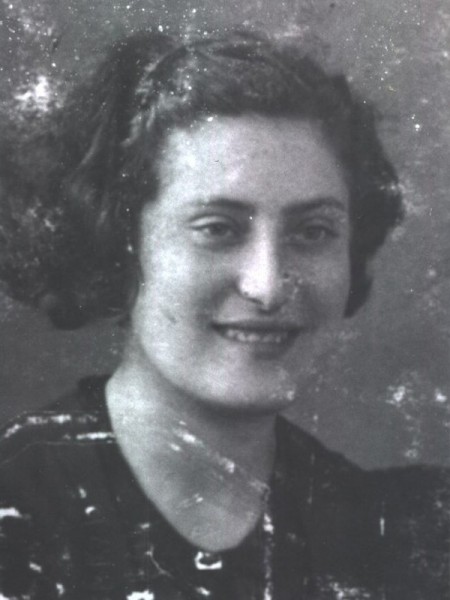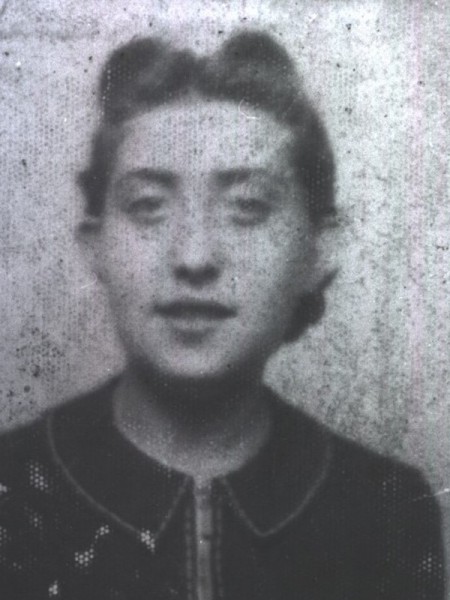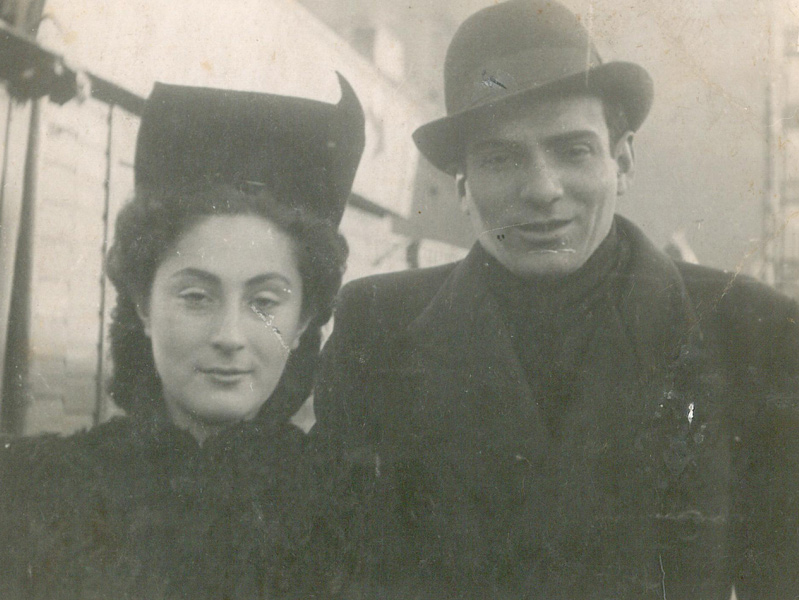Story:
Abram Goldberg: political protege
Abram (Abe) Goldberg was only fourteen years old when war began. He had already been active in the Bund (Jewish socialist) youth organisation since he was ten years old. In the ghetto he befriended Bono Wiener. Bono looked after the younger Abe, and got him involved in the political underground. Before the ghetto was liquidated they collected and buried two boxes of documents and photos, one of which was retrieved by Abe after the war.
Abram was born 5 October 1924 in Lodz. His father, Hersch was a textile worker, and his mother, Chaja, a homemaker. He also had three sisters. After Germany’s invasion of Poland, the Goldberg family were deported from Lodz to Radogoscz concentration camp, before being sent to a makeshift camp near Krakow. Abe and his parents travelled illegally back to Lodz, leaving Abe’s two sisters, Estera and Frania, behind. They intended to return to collect the girls, but after the closing of the Lodz ghetto in May 1940, Abe’s father was unable to reach them. They did not see them again. When the Goldbergs returned to Lodz, they found a room in the same apartment as the Wiener family, and Abe and Bono became good friends. Bono was a supervisor at a metal factory and despite Abe’s lack of experience, gave him a position as deputy foreman.
During September 1942, a mass deportation occurred in the Lodz ghetto in which 15,859 children, elderly and ill inhabitants were transported to Chelmno extermination centre. Abe’s father, aunts and six cousins were caught hiding during selections and included on the transports. Abe and his mother somehow carried on, working and starving in the ghetto. At the beginning of August 1944 the Germans commenced the liquidation of the ghetto and deportation to Auschwitz. Abe and his mother decided to go into hiding in the ceiling of their apartment. During the night, they could leave their hiding place to find food and water. After four weeks Chaja decided to present herself for deportation, so Abe accompanied her. When they arrived in Auschwitz, they were separated immediately, and Chaja was sent directly to the gas chambers.
Abe worked as a metal worker in Auschwitz, then was transferred to Braunschwieg camp in Germany where he cleaned engine parts in a truck construction factory. During March 1945, inmates from Braunschweig were forced on a death march to Watenstadt, then sent to Ravensbruck camp and later transferred to Wobbelin, where he was liberated on 2 May 1945.
After the war, Abe returned to Poland to collect the buried boxes of artefacts. He worked for the Bund organisation, assisting Jews to escape Poland and find new homes. He met and married survivor Cesia Amatensztein in Belgium. They decided to leave Poland, where the majority of their families were murdered, apart from Abe’s sister Maryla, who had moved to the Soviet Union with her husband before the war. Abe and Cesia immigrated to Melbourne. He became involved with the Melbourne Holocaust Museum in 1984 where he served as treasurer and is still active as a museum guide and member of the Board.

